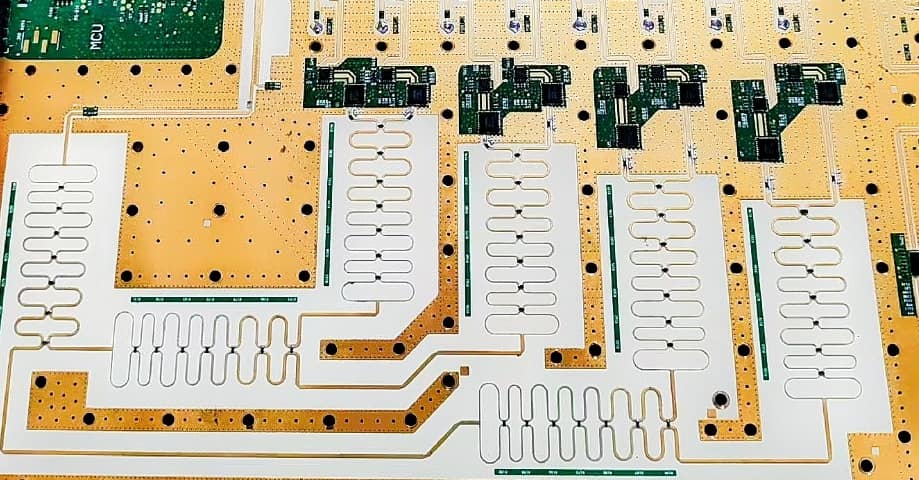By understanding the differences between rigid PCB vs flexible PCB, you can make informed decisions for your electronic designs, whether you’re developing wearables, high-performance computers, or aerospace systems.
There are three main sources of heat in PCB: heat from electronic components; heat from PCB itself; Heat from other parts.
Among the three heat sources, the heating from electronic components is the largest, followed by the heat generated by PCB board, and other heat from the outside based on the overall thermal design of the system.
When designing and manufacturing Printed Circuit Boards (PCBs), one common yet often overlooked issue is warpage. Warping occurs when the PCB bends or twists, leading to alignment issues during assembly. This deformation can cause misalignment of components, poor solder joints, and even failure of the final product.
Designing handheld device antennas requires selecting PCB materials that meet stringent electrical, thermal, and mechanical requirements while maintaining compact form factors. This overview highlights the considerations and recommended materials for handheld antenna designs used in smartphones, wearables, tablets, and IoT devices.
Designing handheld device antennas involves careful selection of PCB materials to meet performance, durability, and cost requirements. Here’s an overview of suitable materials and their properties for antenna applications in handheld devices like smartphones, tablets, and wearables.
There are many varieties of printed circuit boards in terms of the materials used in their manufacture. Depending on the material, the choice of material determines the properties of any circuit board. Among the various options, high temperature FR4 is one of the high-end materials used in high temperature PCBs.
The PCB design industry is one of the world’s leading industries. As the world develops, the importance of the PCB industry seems likely to continue to grow for the foreseeable future. Learning how to manage and track the heat of PCBs is essential to gaining widespread potential in related markets and achieving high-temperature PCBs
Both the military and aerospace industries require highly advanced electronics. Aerospace and military electronics require excellent reliability, quality, and compliance standards.
Printed Circuit Boards (PCBs) are the backbone of all electronic devices, akin to how cells are the foundation of the human body. As the structural framework of every electronic product, PCBs must be efficient and well-constructed.
The introduction of phenolic resin-based laminates in the 1930s improved mechanical stability and insulation. However, the game-changer was the development of glass-reinforced epoxy laminates (FR-4) in 1940, offering superior electrical insulation, moisture resistance, and mechanical durability.
- 1
- 2















